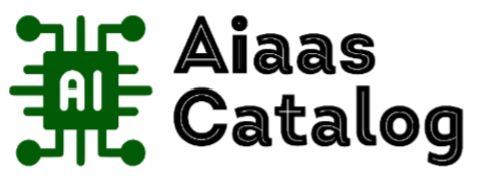Description
Features
- Cloud-based AI platform that enables businesses to train and deploy their own custom AI models without requiring extensive technical expertise.
- Provides a user-friendly interface and drag-and-drop functionality, making it accessible to users with various skill levels.
- Offers a library of pre-trained models covering various domains, such as natural language processing, computer vision, and time series analysis.
- Supports various data types, including text, images, audio, and structured data.
- Allows for collaboration among team members, enabling multiple users to work on the same project simultaneously.
- Provides comprehensive documentation, tutorials, and support resources to assist users in building and deploying AI models.
Use Cases of Level AI
1. Healthcare:
– Assisting medical professionals in diagnosing diseases more accurately and efficiently by analyzing medical images and patient data.
– Developing personalized treatment plans and predicting patient outcomes based on their medical history and current condition.
– Automating administrative tasks, such as claims processing and patient scheduling, to improve operational efficiency.
2. Finance:
– Detecting fraudulent transactions in real-time by analyzing financial data and identifying anomalous patterns.
– Automating risk assessment processes to evaluate the creditworthiness of loan applicants and make informed lending decisions.
– Developing algorithmic trading strategies that leverage AI to make data-driven investment decisions.
3. Retail:
– Analyzing customer behavior and purchase patterns to provide personalized recommendations and targeted marketing campaigns.
– Automating inventory management and replenishment processes to optimize stock levels and reduce costs.
– Developing AI-powered virtual assistants to enhance customer service and provide support.
4. Manufacturing:
– Predicting equipment failures and maintenance needs through predictive analytics, reducing downtime and unplanned disruptions.
– Optimizing production processes by analyzing sensor data and identifying areas for improvement.
– Automating quality control inspections using computer vision to ensure product quality and consistency.
5. Transportation:
– Developing self-driving vehicles that can navigate roads safely and efficiently by utilizing sensor data and AI algorithms.
– Optimizing traffic flow by analyzing real-time traffic conditions and adjusting traffic signals to reduce congestion.
– Tracking and managing fleet vehicles to improve logistics and delivery operations.








Reviews
There are no reviews yet.